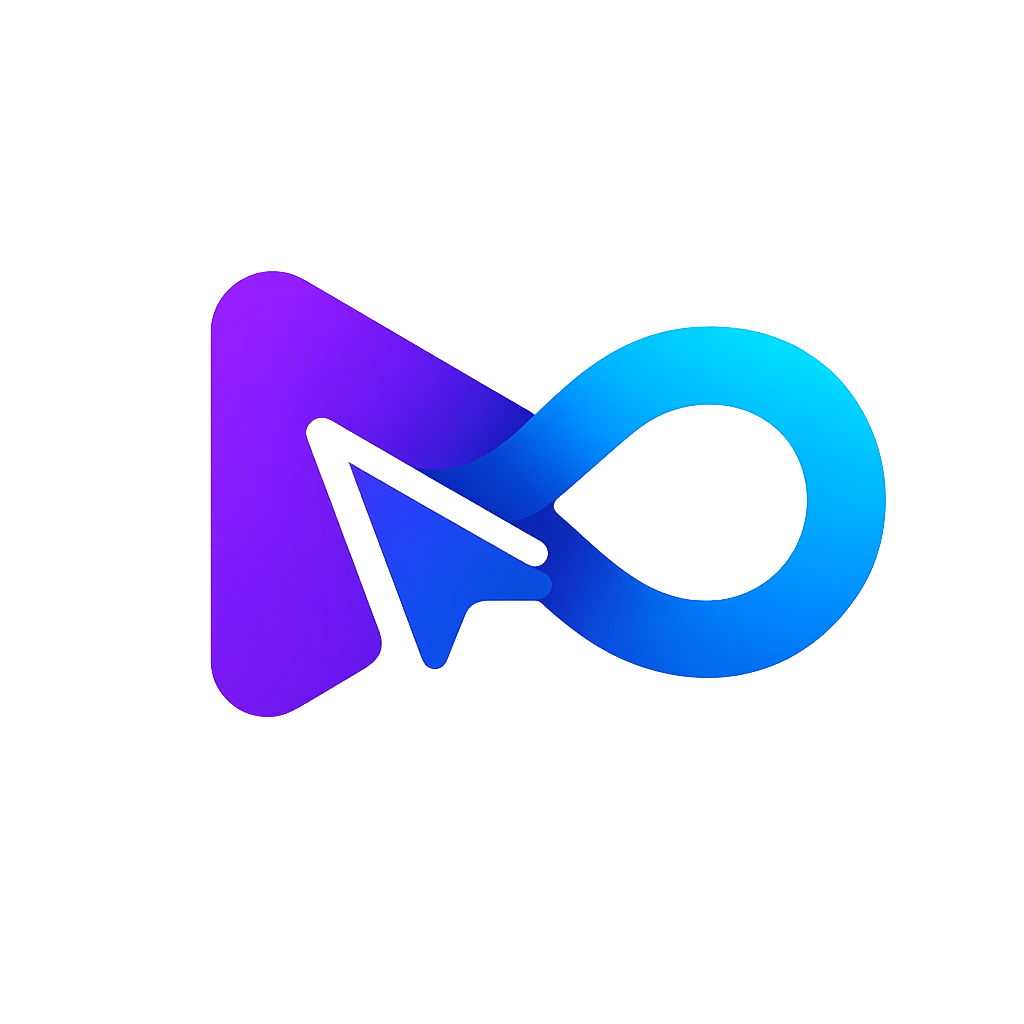Next Generation AI Vector Database

What is weaviate.io?
Weaviate.io is a website providing an open-source, AI-native vector database designed to assist developers in building intuitive and dependable AI-powered applications. This particular type of database, known as a vector database, possesses the capability to store both objects and vectors. This unique feature enables the integration of vector search functionality with structured filtering. In essence, vector search employs mathematical representations of data to identify items that are similar or related in the context of AI applications.
Can I use Weaviate.io for free?
Certainly, you can avail of Weaviate.io for a limited duration with certain constraints. As per their website, they provide a complimentary Sandbox plan granting access to a serverless Weaviate instance for a 14-day period. This plan enables users to utilize the Weaviate Cloud console for data creation and management, as well as access the public Slack community for support. However, it's important to note that the free plan does not include high availability, monitoring, or email support.
If your requirements extend beyond the free offering in terms of duration or functionality, Weaviate.io offers paid plans categorized into three tiers: Standard, Enterprise, and Business Critical. The pricing structure is determined by the number of vector dimensions stored, which serves as a measure of data complexity and size. The greater the number of vector dimensions, the higher the demand on resources for running and optimizing your application. For cost estimation based on your specific data needs, you can utilize their pricing calculator.
These paid plans also feature varying levels of service level agreements (SLAs) that ensure the availability and performance of your Weaviate instance. Higher SLA tiers come with faster and more reliable support and response times. Additionally, paid plans offer the option to enable high availability, which means your Weaviate instance operates across multiple availability zones, ensuring redundancy and resilience.
You have the option to sign up for a free trial or get in touch with their sales team for further information. Alternatively, if you prefer to host Weaviate on your own cloud infrastructure, you can find it on prominent marketplaces like Amazon Web Services and Microsoft Azure. This overview should provide you with a comprehensive understanding of Weaviate.io's pricing structure and features.
How do I install Weaviate.io on my computer?
To install Weaviate.io on your computer, you have several options based on your preferences and requirements. One of the most straightforward methods is to utilize Docker Compose, a tool that enables you to run multiple containers with a single command. Before proceeding, ensure that you have Docker installed on your computer; instructions for its installation can be found here.
To install Weaviate.io using Docker Compose, follow these steps:
Clone the Weaviate repository from GitHub by executing this command in your terminal:
```
git clone https://github.com/weaviate/weaviate.git
```
Change your directory to the cloned repository:
```
cd weaviate
```
Build a Docker image for Weaviate by running this command:
```
docker build --target weaviate -t name-of-your-weaviate-image .
```
Create a `docker-compose.yml` file containing the configuration for your Weaviate instance. You can either use the provided example file in the repository or customize it to match your specific requirements. More details on configuring Weaviate can be found here.
Launch your Weaviate instance with Docker Compose using this command:
```
docker compose up
```
You should observe logs in your terminal indicating that your Weaviate instance is up and running. Access it through your web browser by navigating to http://localhost:8080. Additionally, if you wish to interact with your Weaviate instance programmatically, consider installing and using a Weaviate client library, details of which can be found here.
This guide should assist you in successfully installing Weaviate.io on your computer. If you encounter any questions or issues, consult the Weaviate documentation or seek assistance from the Weaviate Slack community.
How do I create an object in Weaviate.io?
To create an object in Weaviate.io, the process involves specifying the object data and designating the target collection. Optionally, you may provide an ID or a vector for the object. There are two main approaches for creating objects: programmatically using a Weaviate client library or interactively through the Weaviate console.
For a comprehensive guide on creating objects in Weaviate.io using various client libraries, a detailed tutorial is available in one of the web search results. This resource covers creating objects with different properties, including existing, new, or omitted properties. Additionally, it provides insights into preventing duplicates through deterministic ID generation and checking for the existence of an object prior to creation.
Another web search result offers a quickstart tutorial for utilizing Weaviate.io in semantic and generative search scenarios. This tutorial guides users through the process of setting up a Weaviate instance, installing a client library, importing data, and performing data queries. It even offers the option to experiment with the tutorial on Google Colab if you are using Python.
The third web search result explains the management of collections, also referred to as classes, in Weaviate.io. Collections can be created manually or automatically, depending on whether the auto-schema feature is enabled. Furthermore, the resource covers updating or deleting collections and adding or removing properties.
This information should provide you with a clear understanding of how to create objects in Weaviate.io. If you encounter any inquiries or challenges, you can refer to the Weaviate documentation or engage with the Weaviate Slack community for assistance.
What are the benefits of weaviate.io?
Weaviate.io offers a range of benefits for users:
- Advanced AI-Powered Applications: Weaviate.io facilitates the creation of intuitive and dependable AI-powered applications by leveraging vector search and generative AI techniques.
- Data Quality Enhancement: It enhances the quality and richness of your data by utilizing large language models (LLMs) and retrieval augmented generation (RAG) to generate content and enrich data.
- Optimized Search: Weaviate.io enables the fusion of keyword and vector search with machine learning models, ensuring swift, relevant, and context-aware results for users.
- Flexible Deployment Options: It provides a hybrid SaaS model that allows users to choose between serverless or bring-your-own-cloud deployment alternatives.
- Fair Pricing: Weaviate.io employs a pricing model based on the number of vector dimensions stored, offering a fair and precise measurement of data complexity and size.
- Robust SLAs and High Availability: Users can select from various service level agreements (SLAs) and high availability options, guaranteeing the reliability and performance of their Weaviate instance.
- Versatile Data Access: Weaviate.io supports multiple data access methods, including GraphQL, REST, and various language clients.
- Extensible Platform: The platform offers extensions tailored to specific use cases such as semantic search, versatile plugins for integration into various applications, and a data console for comprehensive data understanding.
- Community Contribution: Weaviate.io is an open-source project that encourages contributions from the community, fostering collaboration and growth.
- Security Certification: It holds a SOC 2 report certifying the security, availability, confidentiality, and integrity of customer data.
For further information, you can explore Weaviate.io's website, GitHub repository, Crunchbase profile, or their blog. These resources can provide additional insights into the platform's capabilities and features.
What is Weaviate's Hybrid Search and how does it improve search experiences?
Weaviate's Hybrid Search combines vector search with traditional keyword search techniques to deliver more contextual and precise results across all your data, irrespective of the modality. By merging these approaches, Hybrid Search enhances the search experiences by enabling the retrieval of data that is not only based on keywords but also on the semantic content, ensuring users get more accurate and relevant search outcomes with less effort.
How does Weaviate facilitate the development of AI-native applications?
Weaviate empowers every developer to build AI-native applications through its flexible and reliable open-source vector database foundation. It provides robust developer resources, including extensive documentation, tutorials, and a supportive community. Weaviate also offers features like integration with popular language models, retrieval-augmented generation capabilities, and cost-performance optimization—helping developers quickly prototype and scale applications without worrying about data leakage or vendor lock-in.
What integrations does Weaviate support for building AI applications?
Weaviate supports a broad range of integrations to facilitate the construction of AI applications. You can bring your own vectors or use Weaviate's out-of-the-box modules that support vectorization. Weaviate easily connects to a variety of known language model frameworks, including LangChain and Llamaindex, and works seamlessly with major LLMs from providers like OpenAI. These integrations enable developers to create powerful and personalized AI applications efficiently.













.webp)
